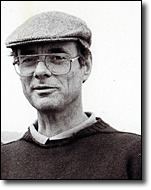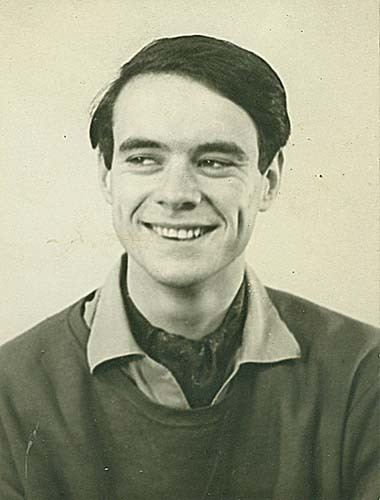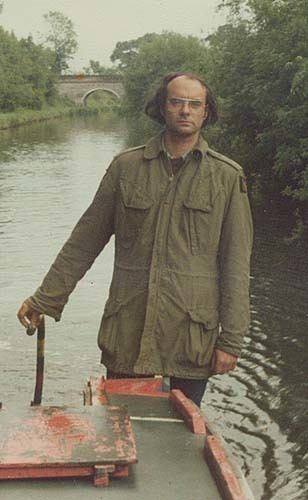Name Martin Carver | ||
 | ||
Books Signals of Belief in Early England, The Age of Sutton Hoo, Arguments in stone, Underneath English towns | ||
Digventures lecture by prof martin carver what makes archaeology happen dvip2
Martin Oswald Hugh Carver, FSA, Hon FSA Scot (born 8 July 1941) is Emeritus Professor of Archaeology at the University of York, England, director of the Sutton Hoo Research Project and a leading exponent of new methods in excavation and survey. He specialises in the archaeology of early Medieval Europe. He has an international reputation for his excavations at Sutton Hoo, on behalf of the British Museum and the Society of Antiquaries and at the Pictish monastery at Portmahomack Tarbat, Easter Ross, Scotland. He has undertaken archaeological research in England, Scotland, France, Italy and Algeria.
Contents
- Digventures lecture by prof martin carver what makes archaeology happen dvip2
- Professor martin carver on medieval archaeology
- Early life
- Military service
- Academic career
- Honours
- Notable works
- References

Professor martin carver on medieval archaeology
Early life

Carver was born on 8 July 1941 to John Hobart Carver and Jocelyn Louisa Grace Carver (née Tweedie). He was educated at Ladycross School, a Catholic preparatory school in Seaford, East Sussex, and then Wellington College, an independent school in Crowthorne, Berkshire.
Military service

Having graduated from the Royal Military Academy Sandhurst, Carver was commissioned into the Royal Tank Regiment, British Army, as a second lieutenant on 29 July 1961. He was given the service number 468960. He was promoted to lieutenant on 29 January 1963, and to captain on 29 July 1967. In 1969, he was serving as Adjutant of the 4th Royal Tank Regiment.

On 1 July 1972, he retired from the British Army in the rank of captain.
Academic career
Carver practised as a free-lance archaeologist (1973-1986), setting up the Birmingham University Field Archaeology Unit (BUFAU), now called Birmingham Archaeology at the University of Birmingham to carry out archaeological contract work. He also set up Field Archaeology Specialists Ltd. (FAS), now FAS-Heritage, in 1992. FAS-Heritage is currently based in York and carries out archaeological research and heritage work in England and Scotland [1]. Carver was the first secretary of the Institute of Field Archaeology, now Institute for Archaeologists.
He has developed a number of procedures for archaeological investigation and analytical methods for writing up excavations. Like Ed Harris he uses contexts numbered and defined on site as the basic elements of an excavated sequence, but adds higher order groupings ("feature" and "structure") to increase the interpretive power.
Martin Carver was editor of the world archaeology journal Antiquity.
Honours
On 8 January 1981, Carver was elected Fellow of the Society of Antiquaries of London (FSA). On St Andrew's Day 2011, he was elected Honorary Fellow of the Society of Antiquaries of Scotland (Hon FSA Scot).
Notable works
His recent publications include Sutton Hoo: Burial Ground of Kings? (BMP), Sutton Hoo: A Seventh-Century Princely Burial Ground and Its Context (BMP), (ed) The Age of Sutton Hoo (Boydell Press), Archaeological Value and Evaluation (SAP, Mantova), (ed.) The Cross Goes North: Processes of Conversion in Northern Europe, AD 300-1300 (ed.) (Boydell Press, 2003), Portmahomack Monastery of the Picts (EUP), and Archaeological Investigation (Routledge, 2009).
